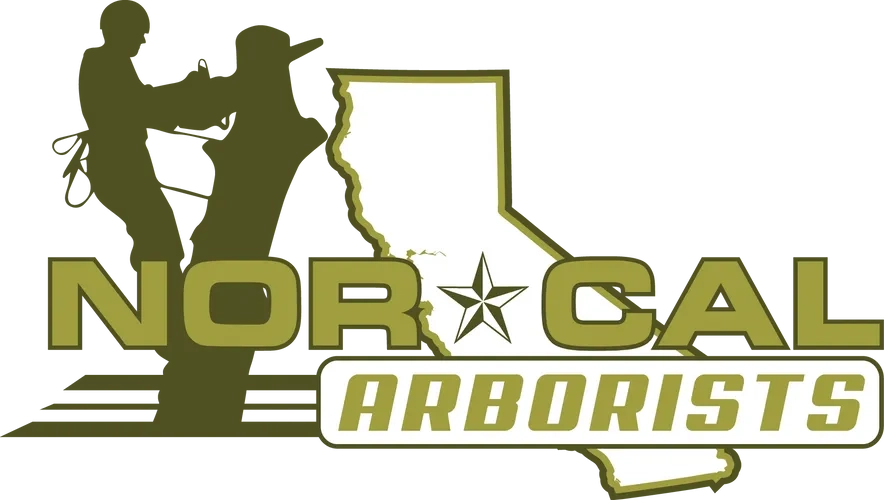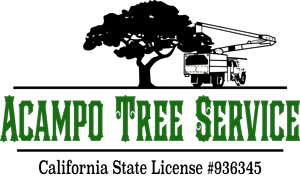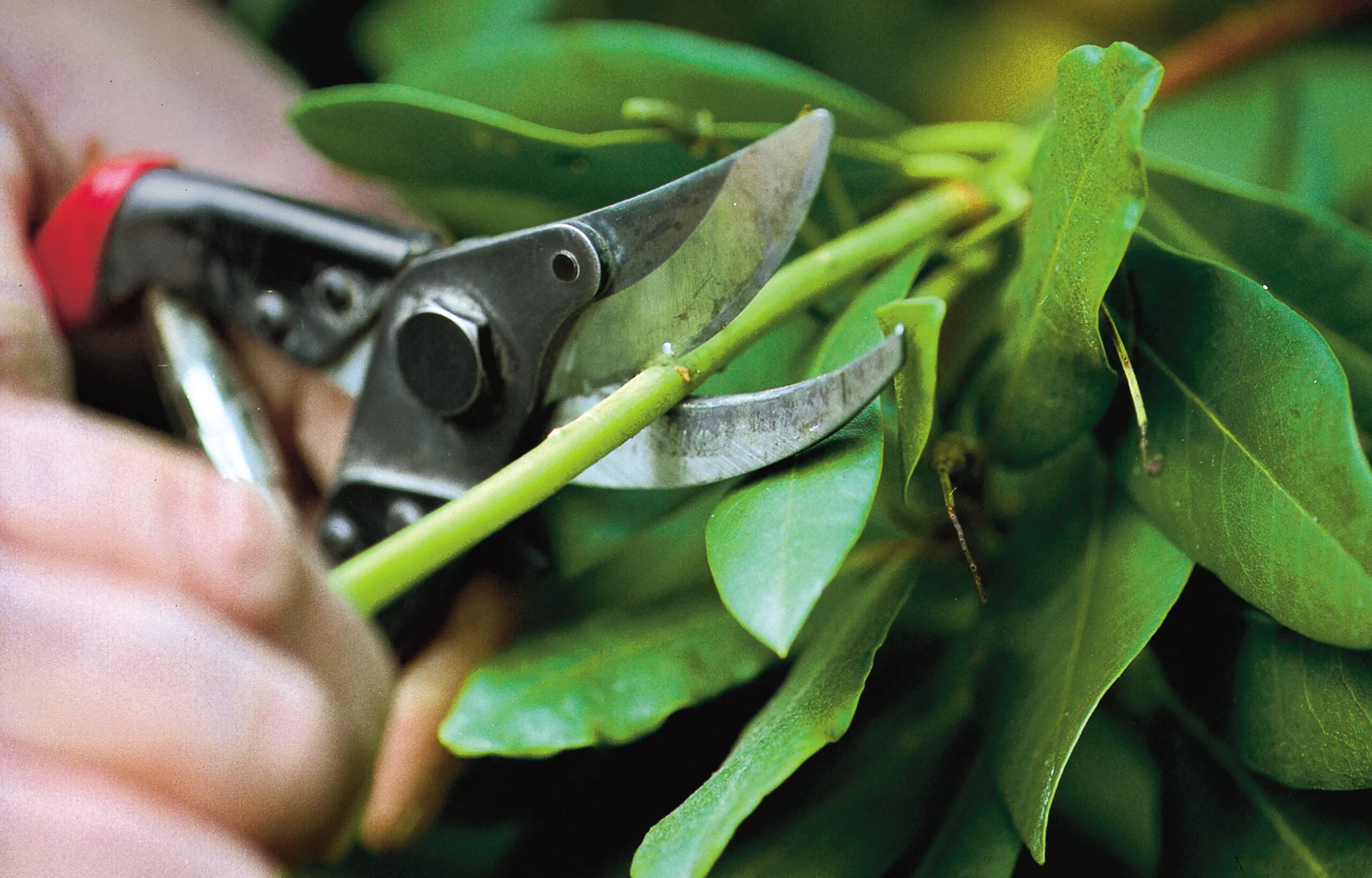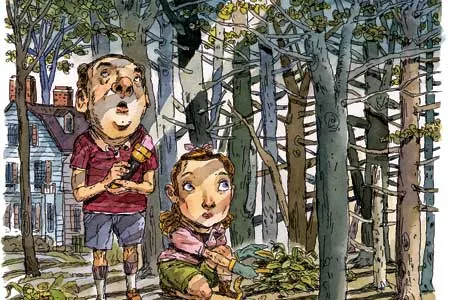How To Choose the Right Stockton Tree Service
When you're considering a tree removal company, you might look at factors like licensing and services offered. We highlight some of the most important considerations below.
Vet the Company's Qualifications
Insurance is important for protecting both tree removal customers and workers. These policies can include workers' compensation, professional liability, or general liability insurance. Make sure that the policy specifically mentions tree work coverage. Otherwise, you may be liable for any injuries or damage that occur on your property. There are no mandatory national certification for tree removal. However, companies might have a certified arborist on staff to perform inspections. Arborists learn proper maintenance, care, and preservation techniques to protect the tree's health. These specialists have earned voluntary certifications through the International Society of Arboriculture (ISA). Having a certified arborist on staff is an added benefit, though not required.
Get Quotes From Multiple Companies
We recommend sourcing quotes from multiple companies to discover the best deal. This way, you can compare things like timelines, included services, and service fees.
Confirm the Company Performs Residential Tree Services
We recommend using a tree removal company that specializes in residential services. Residential tree companies have fewer city-mandated service restrictions compared to commercial companies, which must follow certain city ordinances.
Request a Tree Risk Assessment
A tree risk assessment (TRA) evaluates the possibility of tree failure. A tree removal professional will visually inspect a tree and its branches to determine the risk of breakage. A TRA is done to help minimize the risk of damage to your property or harm to workers. Talk to your tree removal service provider and make sure a TRA is completed before beginning work. Certified arborists typically conduct these assessments. Some companies offer TRAs for free, while others charge an additional fee.
Ask About Stump Removal
Tree stump removal is important because neglected stumps can rot and attract disease and pests. Ask your tree removal company if it includes stump removal with its services. It will remove stumps either with specialized equipment or by hand. This service costs from $82 to $603, with the typical Stockton homeowner paying about $384.
How Much Does It Cost To Remove A Tree?
You can expect to pay an average of $768 for tree removal. Costs will range between $374-$1,645 and are influenced by factors such as project size, tree size and type, and tree health. You may pay per acre instead of per tree if you're having multiple trees removed. You'll pay more if a tree has a high failure risk or requires additional safety precautions, labor, or equipment. You can expect to pay about $1,974 for emergency tree removal.
Ready to Get a Quote on Your Tree Project?
Please enter a valid 5-digit zip code!
Frequently Asked Questions About Tree Removal in Stockton
What are some common tree issues?
How are tree pruning and tree trimming different?
What are some signs that a tree is dangerous?
Do I need to hire a professional for tree removal?
Is it okay to leave a downed tree sitting on my lawn?
To share feedback or ask a question about this article, send a note to our Reviews Team at reviewsteam@thisoldhousereviews.com.













